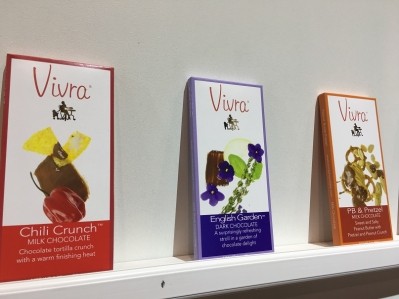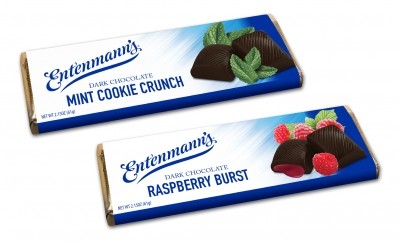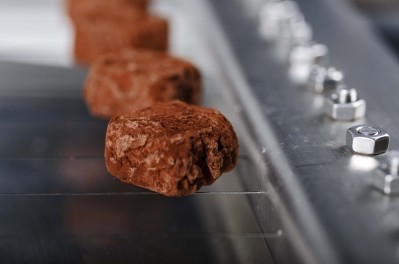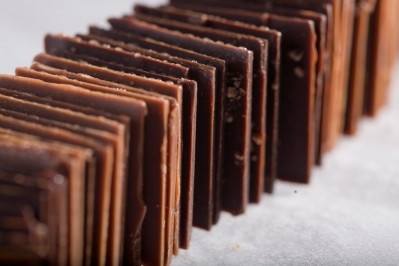Industry Voices – Curtis Vreeland
Secrets to success: How can a bean-to-bar chocolate maker stand out from the crowd?
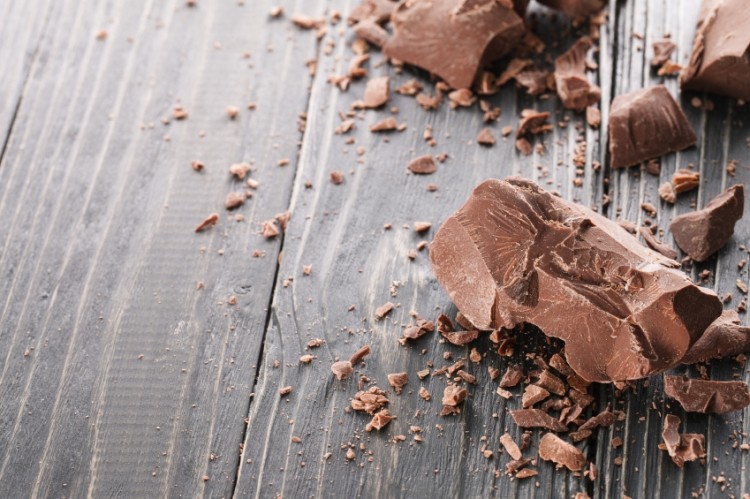
The US bean-to-bar chocolate market is worth an estimated $75m - $100m a year or 1,125 to 1,500 metric tons (MT) of beans with volumes and revenues predicted to rise.
The global premium chocolate market is expected outpace sales growth in regular chocolate, promoting multinational giant Nestlé to move into the super-premium chocolate segment with Cailler.
It comes as chocolate follows the craft trajectory of wine, beer, cheese and coffee and increasingly curious Americans seek new origins, different cocoa percentages and novel flavors.
Many people in the US seem to have lost trust in industrially produced products and desire understandable ingredients from a traceable source.
The US mainstream chocolate market is dominated by Mars and Hershey. But bean-to-bar chocolate is not about volume – it is about craftsmanship and taste, comparable to the haute couture niche of the fashion industry. What’s the winning formula for any new entrants?

The story: Creating connections
Industry veteran Terry Wakefield says one key to success is to “make great tasting chocolate with an engaging backstory”.
Californian chocolatier TCHO for example describes itself as ‘The New American Chocolate’ and has created unique flavors such as Galactic Gelato, Strawberry and Rhubarb Pie and Mokaccino, a chocolate bar with cappuccino flavors.
Brad Kintzer, chief chocolate maker at TCHO, says: “Chocolate is ripe for innovation. Think differently about everything from genetics to packaging design. That said, make sure you have a good cost accountant.”
Cocoa genetics and processing
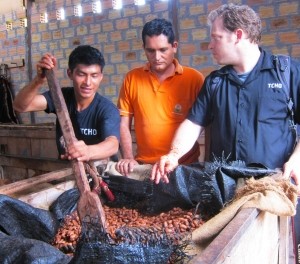
Effectively managing costs is critical given the intricacy of cocoa. Craft chocolatiers must carefully choose how to manage variables in production from cocoa fermentation and drying to differing roasting temperatures. It’s a complex and potentially costly exercise.
But on a positive note, the chocolate industry is only just beginning to understand the role cocoa genetics and post-harvest processing play in improving chocolate quality.
“Assuming chocolate is following a similar trajectory to coffee, wine and beer, these variables that influence quality will become more and more important to understand, and a key way to differentiate in a crowded market,” says Kintzer.
Packaging with a good story
Melanie Boudar, owner of Sweet Paradise Chocolatier, says “packaging and a good story are what sell to the public”. Her company has created tropical packaging that helps communicate the rare Hawaiian origin cocoa used in its chocolates.
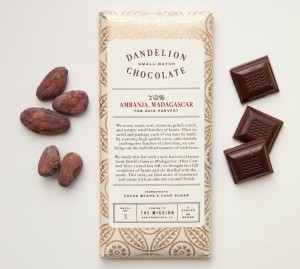
But there is perhaps no ‘right way’ to roast cocoa beans or a winning chocolate pairing – it’s very subjective. Most important, according to Todd Masonis, founder of Dandelion Chocolate, is to follow your own taste.
“I wouldn't outsource the product vision, I would focus on creating something you are proud of and then share it with others,” he says.
“Some focus on raw, others inclusions, others purity, while for some it's the experience of their stores or farms…. The one thread that does seem to be in common, however, is a focus on quality and craft - creating a personal and intimate connection between the farms, the maker, the chocolate, and the customer.”
Quality processing
Melanie Boudar says creative flavors or inclusions can’t mask poor quality, making it crucial to invest in quality processing. “Flavor trends are useful but quality will draw repeat business,” she says.
According to Pam Williams, founder and lead instructor of Ecole Chocolate Professional School of Chocolate Arts , and president of the Fine Chocolate Industry Association everything must be scrupulous from bean sourcing to roasting to grinding to conching to tempering.
“Experiment and keep meticulous notes. Consistency is key – your chocolate has to deliver the same great taste each time your customer buys a bar,” she says.
Fair price for fine flavor supply
Our experts all agreed that bean-to-bar makers should have a strong relationship with cocoa growers and pay a premium price to secure the future of fine flavor beans.
“For many small makers, much of the per-bar cost is coming from the extreme amount of hands-on labor and attention to detail and is actually not driven as much by the bean prices. There's plenty of room to pay the farmer a fair and just wage,” says Dandelion Chocolate’s Todd Masonis.
Pam Williams added:“The multinational bean buyers who source 95% of the cocoa beans in the world are not interested in fine flavor beans so we have to give the farmers an incentive to continue to grow fine flavor cacao for the fine chocolate market.”
